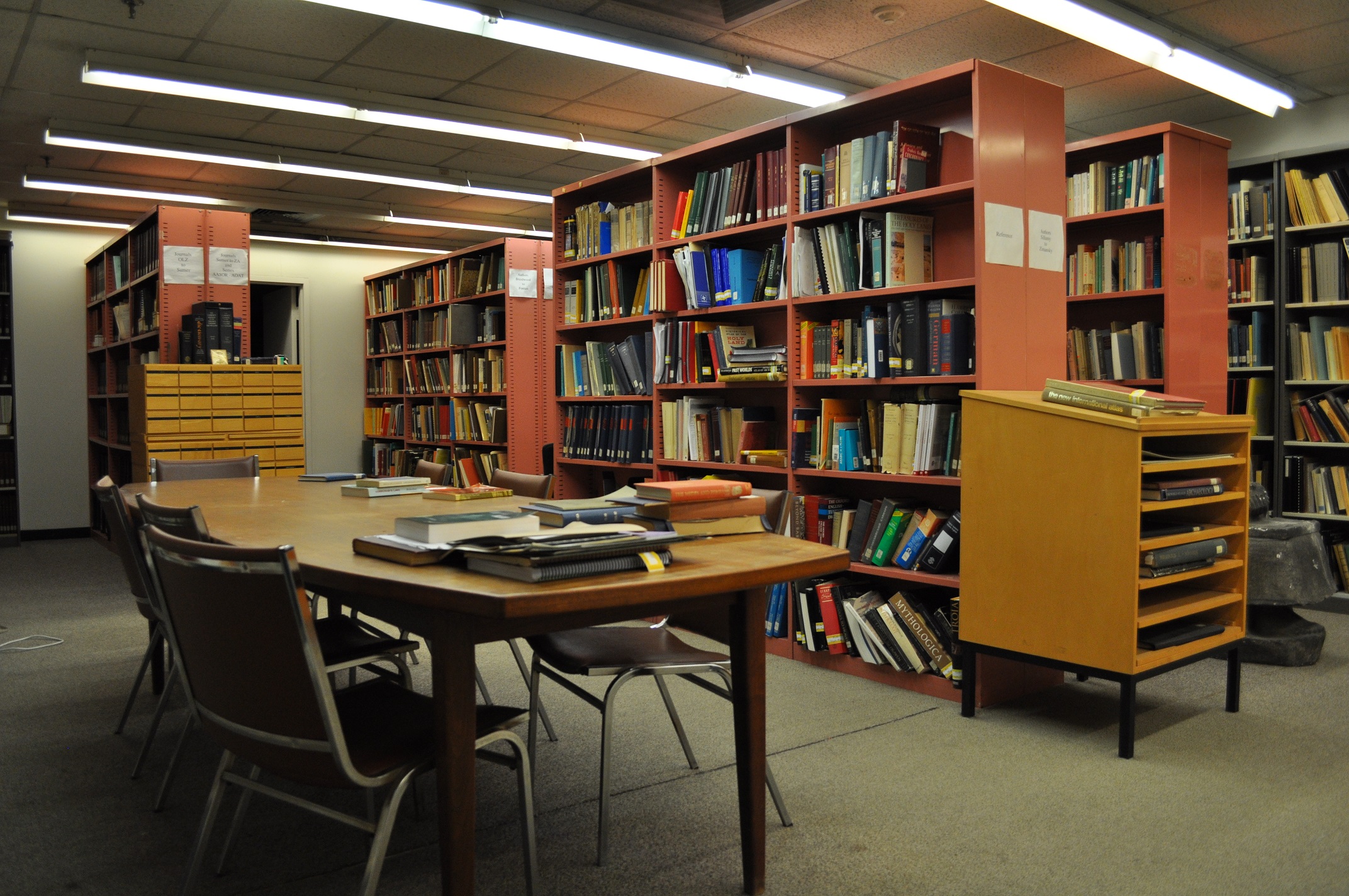The Royal Inscriptions of Mesopotamia (RIM) Archives 
Location: Near and Middle Eastern Civilizations, 4 Bancroft Avenue, Toronto, ON, M5S 1C1
Room: BF415 A/B
Access: Faculty, Staff, Postdoctoral fellows, and PhD students. Other students and visitors require faculty/staff supervision or permission from the Archaeology Lab Manager.
Hours of operation: Monday - Friday, 9am - 5pm
Description:
The Royal Inscriptions of Mesopotamia (RIM) was an international research project founded in 1978 and funded by the Social Sciences and Humanities Research Council of Canada (SSHRC) and the University of Toronto. The Project was initially directed by Professor A. Kirk Grayson until his retirement in 2000 with Professor Grant Frame continuing as director until it ended in 2006. The primary goal of the RIM project was to publish standard editions of the inscriptions of the ancient kings of Mesopotamia with English translations. The RIM publications feature complete corpora of edited inscriptions which are collated against the originals when possible and are supplemented by variants, concordances, and indexes. The RIM Archive has holdings of over 7000 volumes composed of journals and monographs used in the research of these publications, focusing on the region of Ancient Mesopotamia and its periphery. The Archive also holds an extensive photographic slide collection, now available for researchers in digital format, as well as a formidable offprint collection. This unique and extensive archive collection is used predominantly by graduate students, faculty, and visiting scholars, and is a non-circulating research collection.
The NMC Reading Room
Location: Near and Middle Eastern Civilizations, 4 Bancroft Avenue, Toronto, ON, M5S 1C1
Room: BF201
Access: Faculty, Staff, Postdoctoral fellows, and PhD students. Other students and visitors require faculty/staff supervision. Contact the front desk (BF 200) for further details and availability.
Hours of operation: Monday - Friday, 9am - 5pm
Description:
The NMC Reading Room houses a book collection comprised largely of reference materials and journals originally established and catalogued by the Department of Middle East and Islamic Studies (MEI) prior to their merger with Near Eastern Studies (NES) to form the Department of Near and Middle Eastern Civilizations (NMC) in 1996. The multi-lingual collection is represented by volumes related to the history and culture of the region, along with the many languages that are part of ongoing research in the Department. The reading room also houses bound Doctoral dissertations dating back to the Department’s inception and is often used as a facility for teaching NMC graduate seminars.


